Pitfalls and the Pendulum
What does the future hold for cataloging education? Written by some of the best-known authors and most innovative thinkers in the field, including Michael Gorman, Sheila S. Intner, and Jerry D. Saye, this comprehensive collection examines education for students and working librarians in cataloging and bibliographic control, emphasizing history, context, the state of the art at present, and suggested future directions. A liberal dose of visual aids—charts, tables, etc.—makes accessing the information quick and easy. From the editor: “The education of catalogers has swung pendulum-like from on-the-job training to graduate education and back again. The place of cataloging in the library school curriculum has swung from one of near pre-eminence to one of near extinction, and has begun to swing back again. The durability of education for cataloging has swung from 'In getting your degree you will learn everything you need to know in your career,' to 'You will have to engage in continuing education throughout your career, beginning virtually as soon as you have your degree.' Making informed decisions about how (and how much) cataloging education is to be provided is full of pitfalls, some of which the profession has fallen into already. What is needed now is a reconsideration of how education for cataloging and bibliographic control is provided.” Education for Cataloging and the Organization of Information: Pitfalls and the Pendulum addresses four main areas: the ways professionals perceive the place, nature, and necessity of cataloging education; the professional, demographic, and academic context within which cataloging education is provided; education regarding special types of materials and special aspects of cataloging; and alternatives to traditional modes of education for cataloging, including: distance education online mentoring Web-based instruction continuing education training for (and via) cooperative projects the role of the “community of catalogers” in the continuing education of those who provide intellectual access to the world of information and much more!
Then we teach them the rules for things we can't truly justify (main entry, the rule
ofthree). We tryto explain LCSHtothem and directand specific entryand MARC
tags and Dewey number building and some ofthem getsucked in and
decidetotake ...
